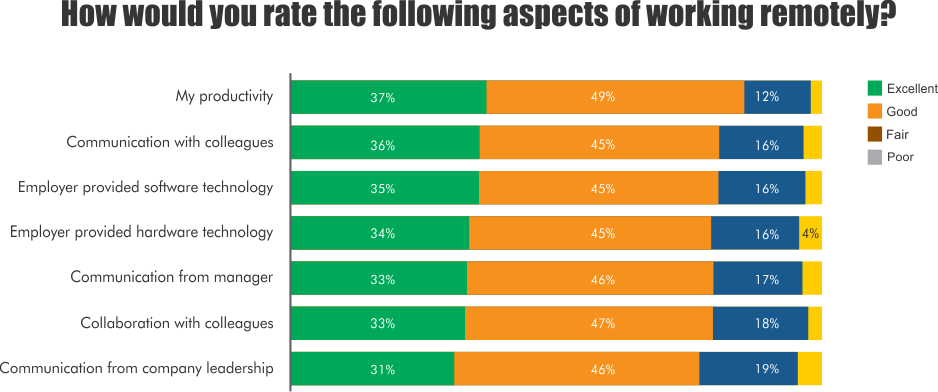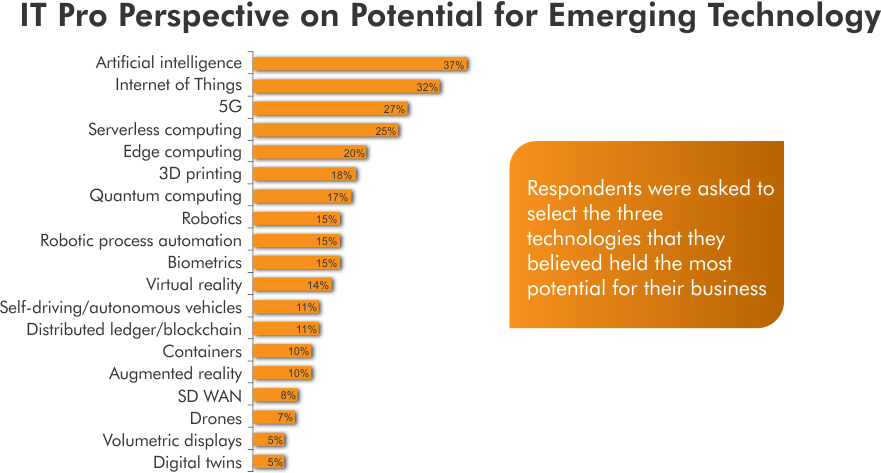Author’s Corner
In this white paper, Steve Meier, Director of Marketing, explores the importance of understanding a business’ limitations and how technology can help bridge any gaps. Steve also analyzes the emerging technologies with the most potential for the rapid transformation of entities.
Please click on the video to the right to learn more about the author, hear his insights on this white paper, and learn what motivated him to write about this topic.
To discuss this white paper in detail, please contact Steve using his information provided at the bottom of the page.
The world is changing almost daily, and unfortunately for businesses, they must adapt to these changes or possibly suffer the consequences. The digital age of technology has changed the way that consumers and business owners research and buy products and services.
Prior to the internet, if you were interested in learning more about a product, it was often hard to find information without visiting a brick and mortar location, or reaching out to a salesperson. Today, most of the buyer’s journey takes place online, which has fundamentally shifted the way businesses market themselves and consumers buy those products and services.
From a business operations standpoint, technology has proven to be an essential conduit that bridges the gap for organizations around the world, allowing teams to interact intimately, albeit from a digital standpoint. This close collaboration that utilizes technology allows teams to work as if they were sitting in the same room, sharing data, exchanging thoughts, reading facial expressions and even launching new concepts, all which have reduced the need to physically be in the same room at the same time.
When faced with changing market conditions, global uncertainty, or even a catastrophe, technology has proven to be invaluable. In the U.S. where hurricanes blow through the South and East, tornadoes rip through the Midwest, or wildfires ravage the West, technology has proven to be capable of overcoming these catastrophes and has allowed organizations to continue operations.
Additionally, as global viruses force an entire workforce to work from home, technology shines, as many organizations continue operations and sprout new business lines. Gone are the days where the workforce has been required to be located inside a brick and mortar establishment, although there are some that will remain.
As many can attest, working from home is no easy task. However, many can argue that their productivity is drastically higher when working from home, as their ability to manage their day allows for more productive hours that are not limited to a 9 to 5 workday from the office.

Healthcare has been required to rethink their operational platforms, as telehealth has allowed physicians to read charts, meet with clinical staff and, more importantly, reach patients from the comfort of their own home. Due to this, the need for an office setting has decreased. Virtual scribes have also allowed physicians to concentrate on what matters most, the patient.
They can spend valuable time concentrating on improving outcomes instead of spending hours taking notes and filling out paperwork. Robotic Process Automation (RPA) and Artificial Intelligence (AI) have also streamlined processes to increase productivity, reducing the manual labor and paper that once bogged down workflow.
Marketing and sales organizations have been greatly impacted by technology as well. CRM solutions and marketing automation platforms have transformed the way marketers reach prospects, drastically increasing sales by providing the tools and data necessary to track and close deals, ultimately allowing organizations to scale immensely.
The most important impact that technology has made in the business world is through data analytics and business intelligence. Data has been around for decades, although interpreting the data on the fly to make educated decisions instantly in an evolving situation is extremely difficult. But with the proper data, these decisions can change the face of your business.
Progress has never been easy, and when it comes to technology, most people feel uneasy. If feeling uncomfortable is what steers one away from innovation, imagine what the feeling of shuttering the doors of a business must feel like. Technology is developed to benefit business, allowing it to reach bounds never thought imaginable. When asked where technology was headed, descriptions from IT professionals varied. But one thing is certain; change is upon us and it’s time to adapt.

As the entire world progresses further into the digital age, it is time for businesses to change with the times and move toward the future. Everyone knows the story of Blockbuster Video and their lack of concern in relation to Redbox or Netflix. The key is knowing when to make the necessary changes to your business model, while adding essential pieces to your long-term success.
Understanding one’s limitations is the first step to making change, and that is where technology can help bridge the gap. It can eliminate waste while stretching the concepts of business innovation to meet operational goals, allowing an organization to scale, even in the toughest of times.
Source:
https://www.comptia.org/content/research/it-industry-trends-analysis

